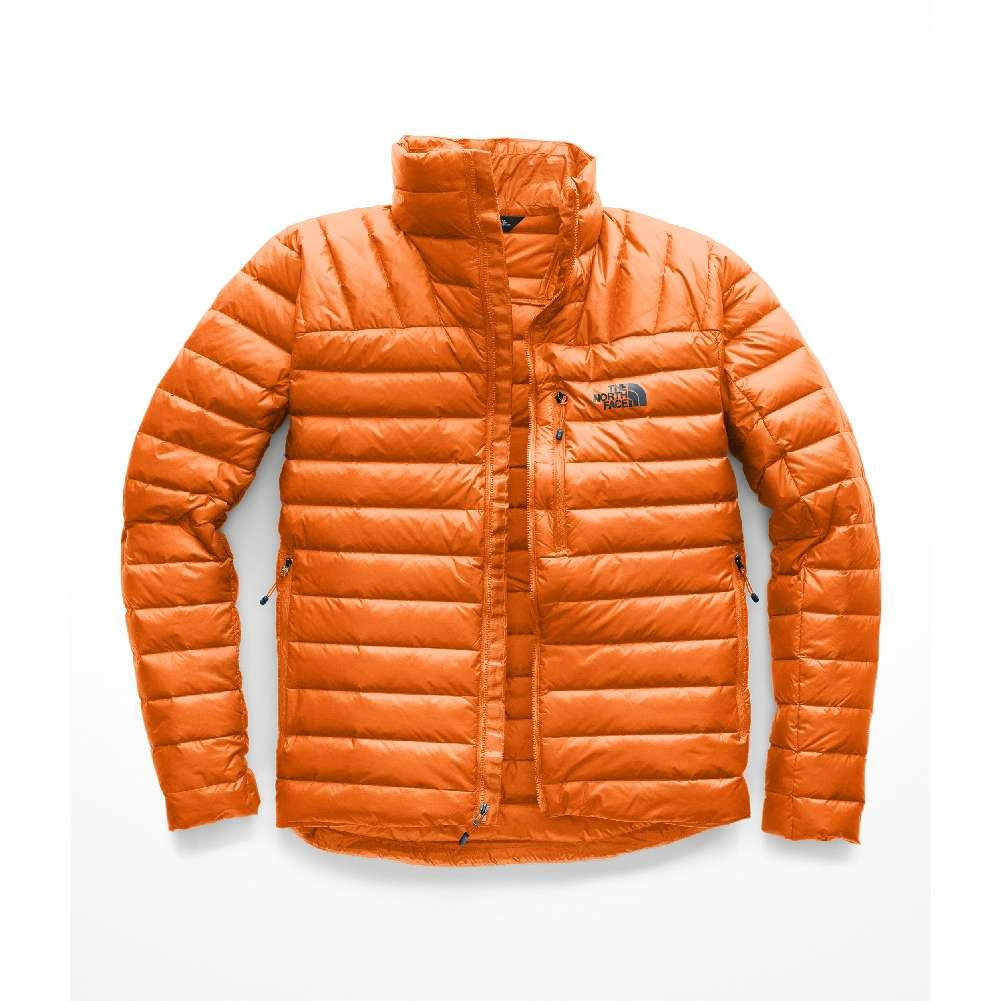For decades, The North Face has been synonymous with rugged durability, technical innovation, and timeless style in outdoor apparel. Among their extensive collection, North Face jackets for men have stood out as iconic pieces that seamlessly blend form and function, offering unparalleled protection against the elements across various climates and terrains. This comprehensive guide delves into the world of North Face jackets for men, highlighting their key features, versatility, and the reasons why they continue to be the go-to choice for adventurers worldwide.
A Legacy of Quality and Performance
The North Face was founded in 1966 with a mission to provide high-quality gear for serious outdoor enthusiasts. From the outset, the brand focused on designing products that could withstand extreme conditions, prioritizing durability, warmth, and weather resistance. This commitment to excellence has translated into a range of men’s jackets that cater to diverse activities and environments, from casual urban wear to hardcore mountaineering expeditions.
Technical Innovations for Optimal Protection
North Face jackets for men are renowned for incorporating cutting-edge technologies that enhance their performance and wearer comfort. Key innovations include:
- Advanced Insulation Technologies: Jackets like the Thermoball™ and Down jackets utilize synthetic or natural insulation materials to trap body heat effectively, providing exceptional warmth without adding excessive bulk. The proprietary Thermoball™ technology emulates the structure of down clusters to offer comparable warmth even when wet.
- Windproof and Waterproof Membranes: Many North Face jackets feature Gore-Tex®, DryVent™, or FUTURELIGHT™ membranes, ensuring breathability while keeping wind and water at bay. These technologies guarantee that wearers stay dry and comfortable in challenging weather conditions.
- Hemispherical Construction and Hood Designs: Strategic seam placement, adjustable hoods, and helmet-compatible designs enhance protection against wind, rain, and snow. These elements work together to create a protective shield around the head and neck, crucial for maintaining body heat in harsh environments.
- Ventilation and Breathability: Pit-zips, mesh lining, and breathable fabrics allow for efficient moisture management, preventing overheating during high-intensity activities or fluctuating temperatures. This feature ensures that North Face jackets remain comfortable and adaptable across a wide range of conditions.
Versatility for Any Adventure
One of the hallmarks of North Face jackets for men is their remarkable versatility, allowing them to transition seamlessly between different activities, seasons, and settings. Here are a few examples:
- Transitional Jackets: Models like the Resolve or Venture jackets serve as versatile layers, suitable for light rain, cool mornings, or as a mid-layer in colder climates. Their packable design makes them easy to stash in a backpack or travel bag, ensuring you’re always prepared for unexpected weather changes.
- Insulated Parkas: For frigid winters or high-altitude adventures, insulated parkas like the McMurdo or Nuptse provide exceptional warmth and protection. These jackets often feature detachable hoods, multiple pockets, and adjustable cuffs, offering both practicality and style for urban wear or backcountry exploration.
- Softshell and Fleece Jackets: Lightweight softshell jackets like the Apex Flex or Denali fleece provide flexible warmth and wind resistance for mild weather or active pursuits. They excel as standalone pieces in mild conditions or as part of a layering system in colder climates.
- Technical Shell Jackets: Designed for alpine climbing, skiing, or other high-performance activities, technical shell jackets like the Summit Series™ feature ultra-durable materials, minimalist designs, and advanced weather protection. These jackets prioritize weight savings, mobility, and packability, making them ideal for demanding outdoor endeavors.
Timeless Style Meets Modern Functionality
North Face jackets for men strike a perfect balance between classic, understated aesthetics and contemporary design elements. Earthy color palettes, clean lines, and subtle branding contribute to a timeless look that transcends fleeting fashion trends. Moreover, these jackets often incorporate functional details like reflective accents, media pockets, and zippered vents, blending style with practicality for the modern adventurer.
Sustainability and Social Responsibility
Sustainability and social responsibility are two interconnected concepts that have gained significant importance in recent years, particularly in the context of business practices and global development. Both terms emphasize the need for organizations and individuals to act in ways that promote the well-being of society and the environment over the long term.
Sustainability:
Sustainability refers to the ability of a system, process, or way of life to be maintained over time without depleting resources or causing irreversible harm to the environment. It encompasses three primary dimensions:
- Environmental sustainability: This involves protecting and preserving the natural environment, ensuring the responsible use of resources (such as water, energy, and raw materials), mitigating climate change through reduced greenhouse gas emissions, and promoting biodiversity conservation. Environmental sustainability aims to achieve a balance between human activities and the Earth’s ecological systems.
- Economic sustainability: This dimension focuses on maintaining stable and equitable economic growth without compromising future generations’ ability to meet their needs. Economic sustainability involves fostering a resilient economy that generates jobs, reduces poverty, and promotes fair distribution of wealth, while also being resource-efficient and environmentally sound.
- Social sustainability: This aspect addresses the well-being of individuals and communities, ensuring access to basic needs such as education, healthcare, housing, and social services. Social sustainability also emphasizes social equity, inclusivity, and strong social cohesion, as well as the protection of human rights and cultural diversity.
A sustainable approach requires considering these three dimensions together, recognizing that they are interdependent and must be balanced for long-term success.
Social Responsibility:
Social responsibility is an ethical framework that guides organizations and individuals to act in ways that benefit society at large, beyond their immediate financial interests. It involves taking deliberate actions to address social, environmental, and economic issues, both within and outside the organization, and contributing positively to the communities in which they operate. Key elements of social responsibility include:
- Corporate social responsibility (CSR): For businesses, CSR encompasses initiatives and policies aimed at improving environmental performance, supporting local communities, treating employees fairly, respecting human rights throughout the supply chain, engaging in ethical business practices, and being transparent about their social and environmental impacts.
- Philanthropy and community engagement: This includes charitable donations, volunteer work, and partnerships with non-profit organizations to address societal challenges such as poverty, education, health, and environmental conservation.
- Ethical considerations: Socially responsible entities ensure that their operations align with ethical principles, including fairness, honesty, respect for privacy, and avoidance of discrimination.
- Stakeholder engagement: Engaging with stakeholders (employees, customers, suppliers, shareholders, local communities, and regulatory bodies) to understand their concerns, expectations, and perspectives, and incorporating this feedback into decision-making processes.
Integration of Sustainability and Social Responsibility:
Sustainability and social responsibility are closely going to intertwin and often used in conjunction to guide responsible business practices and development strategies. By integrating these concepts, organizations can create value not only for their shareholders but also for society and the environment:
- Shared value creation: Pursuing sustainable and socially responsible practices can lead to new business opportunities, cost savings, improved brand reputation, increased customer loyalty, and better risk management, ultimately enhancing long-term financial performance.
- Meeting stakeholder expectations: Consumers, investors, employees, and other stakeholders increasingly demand that companies demonstrate their commitment to sustainability and social responsibility. Adhering to these principles helps organizations build trust and maintain their social license to operate.
- Contributing to the United Nations Sustainable Development Goals (SDGs): The SDGs provide a global framework for addressing pressing social, economic, and environmental challenges. By aligning their strategies with the SDGs, organizations can contribute to the collective effort to create a more sustainable and equitable world.
In summary, sustainability and social responsibility are complementary concepts that emphasize the need for organizations and individuals to act in ways that promote the long-term well-being of society and the environment. By integrating these principles into their operations, businesses and other entities can create lasting value for all stakeholders and contribute to a more sustainable future.
Conclusion
In conclusion, North Face jackets for men embody the perfect fusion of quality, performance, and style. With their innovative technologies, versatile designs, and commitment to sustainability, these jackets have become an indispensable companion for adventurers worldwide, proving that enduring quality and timeless appeal can indeed coexist in the ever-evolving world of outdoor apparel. Whether you’re tackling rugged mountains, braving urban commutes, or simply seeking reliable protection against the elements, a North Face jacket is a wise investment that will serve you well for years to come.





